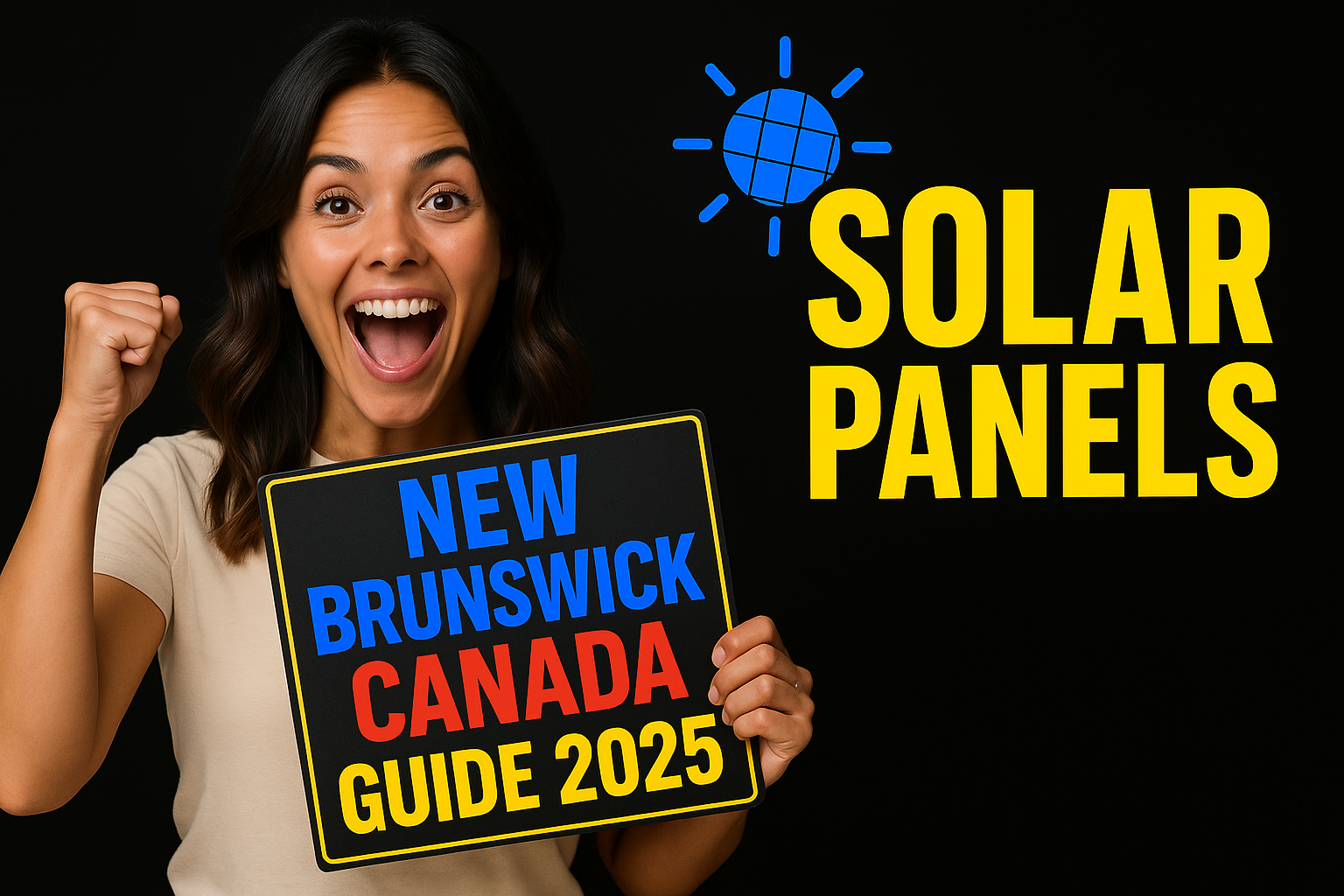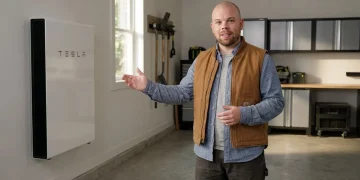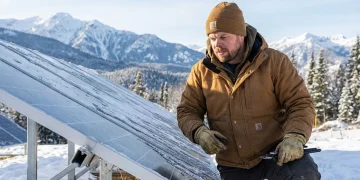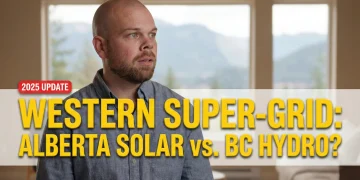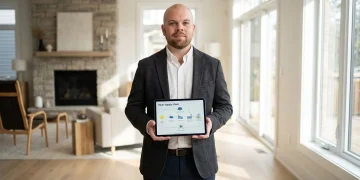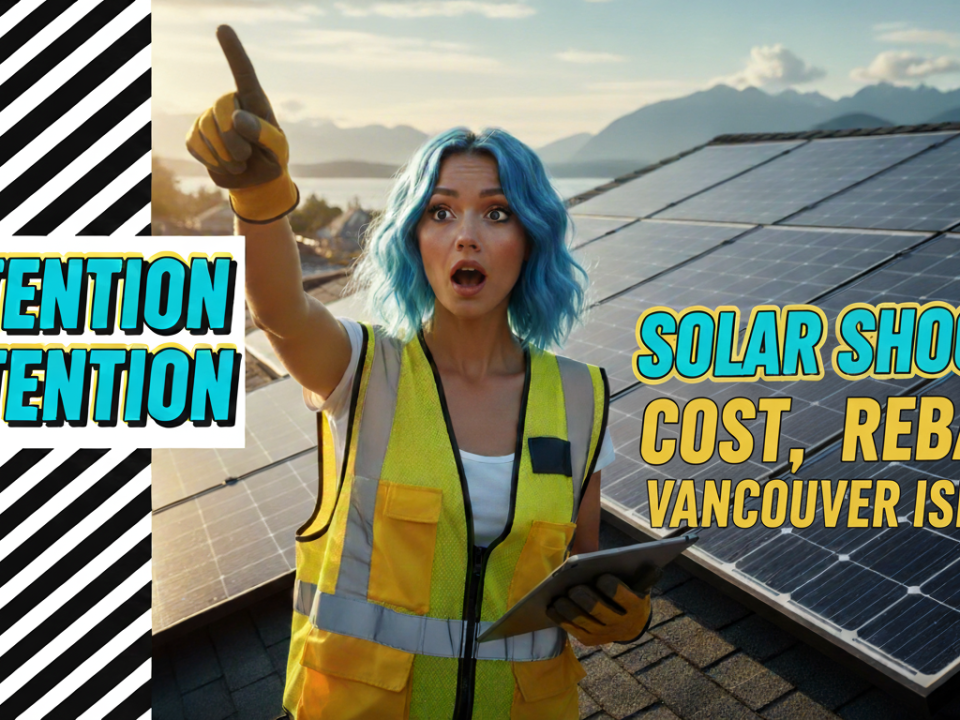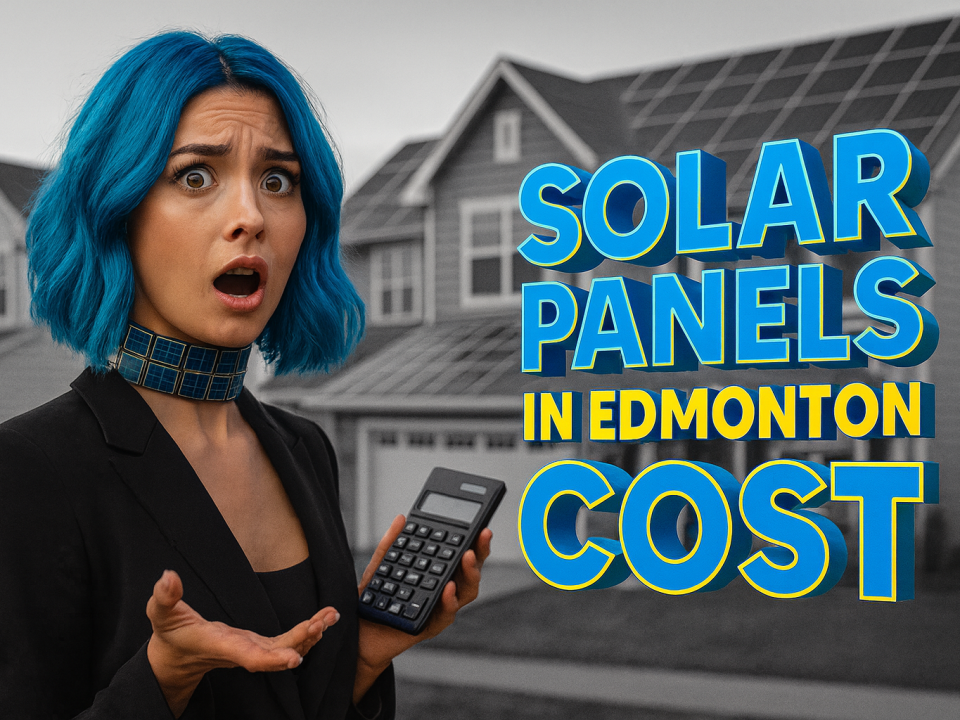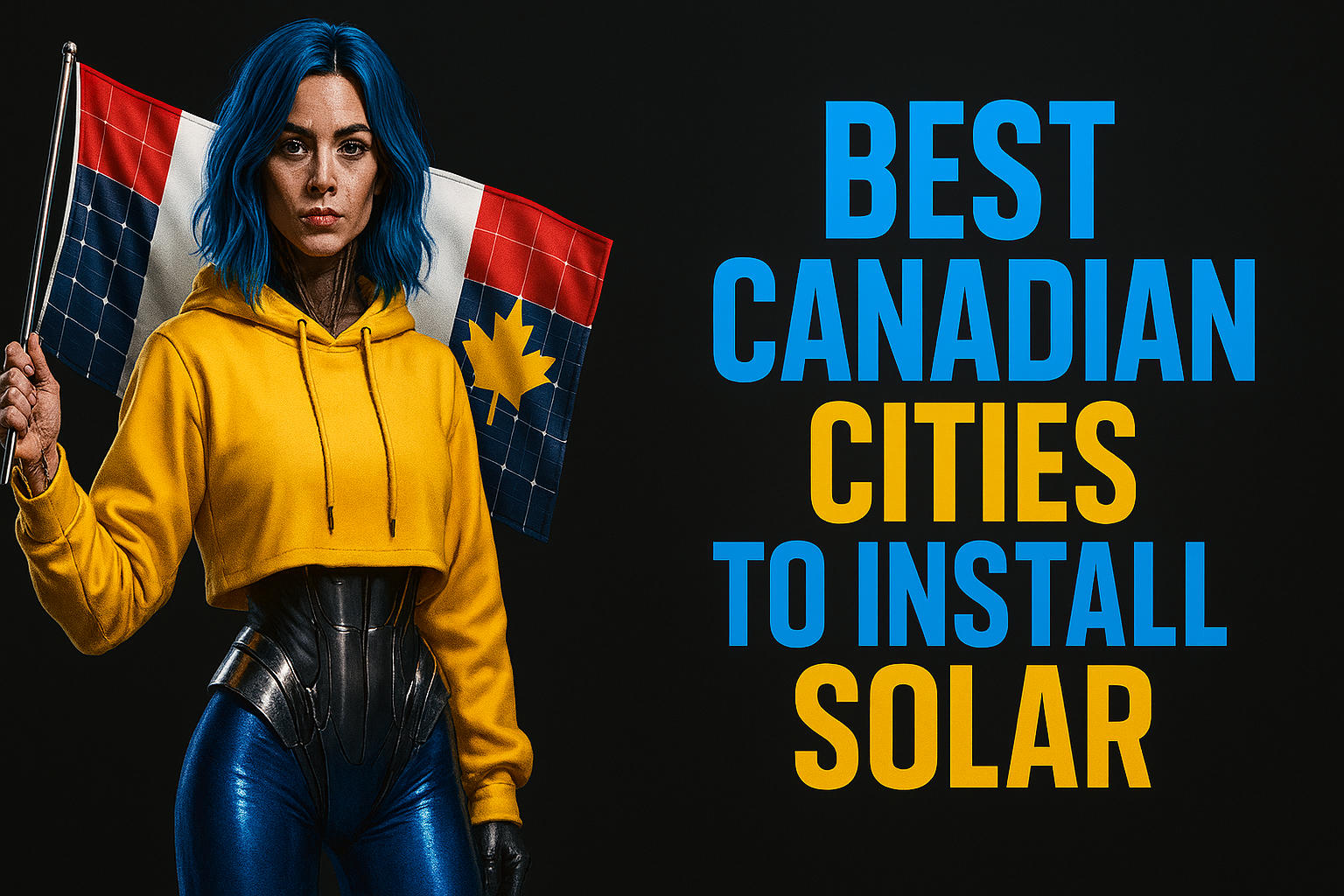
Top 25 Canadian Cities for Solar Panels
July 17, 2025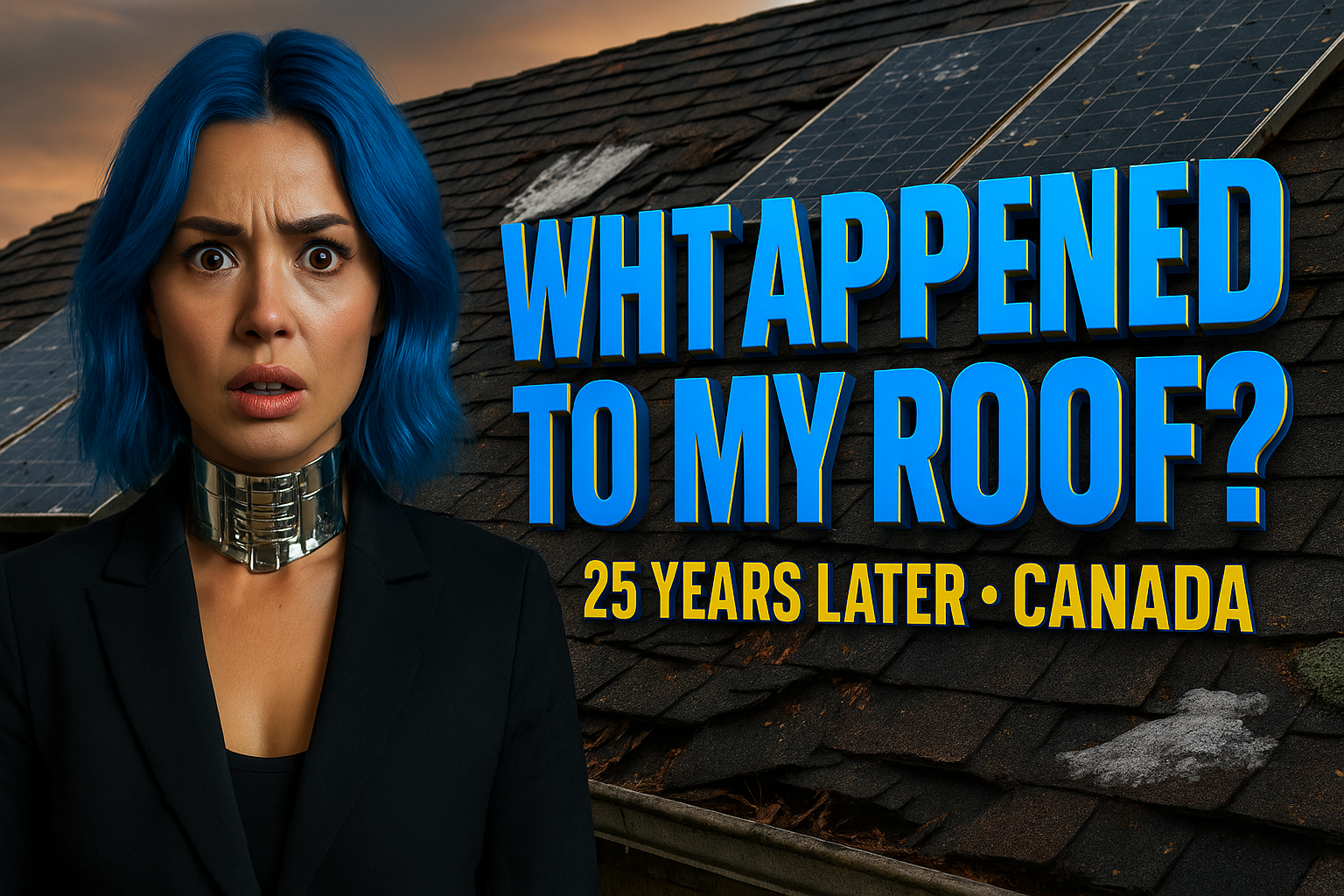
Solar Panels Roof After 25 Years in Canada The Truth
July 31, 2025Is Solar Right For You in New Brunswick?
Thinking about solar is one thing, but knowing if it makes sense for your specific situation in New Brunswick is a whole different ball game. It’s not just about putting panels on a roof; it’s a financial and practical decision. Let’s cut through the noise and get straight to the facts. We’ll look at the clear advantages—the real, measurable wins—and then tackle the drawbacks head-on. This isn’t a sales pitch; it’s a realistic look at what you’re getting into, so you can decide if a solar investment truly fits your home and your budget.
What are the benefits of going solar in New Brunswick?
The advantages of going solar in New Brunswick are significant and address some key homeowner concerns. Here’s what you stand to gain:
- Slash Your Power Bills: This is the big one. With NB Power rates on a steady climb, generating your own electricity gives you control. A well-designed system can drastically cut, or even eliminate, your monthly bill, freeing up hundreds of dollars.
- Boost Your Home’s Value: Solar panels are a high-value upgrade. More and more buyers are looking for homes with solar already installed. It’s an investment that not only pays you back in savings but also adds a tangible asset to your property, making it more attractive on the market.
- Secure Your Energy Future: You’re not just saving money; you’re becoming more self-reliant. By producing your own clean energy from an inexhaustible source, you’re less vulnerable to future rate hikes and you contribute directly to a more stable, environmentally-friendly grid for the entire province.

What are the drawbacks to consider before investing in solar in NB?
Now for the reality check. Going solar isn’t without its challenges, and it’s crucial to understand them before you commit. Here are the main hurdles you’ll face in New Brunswick:
- The Upfront Cost: There’s no sugar-coating it—the initial investment is substantial. A typical 5 kW system costs between $13,000 and $16,000 before incentives. While financing exists, including the 0% federal loan, it’s still a major financial decision that requires careful planning.
- The Bureaucratic Gauntlet: This isn’t a weekend project. The process is wrapped in red tape, involving mandatory energy audits, permit applications with NB Power, and final inspections. These steps add weeks, and sometimes months, to your project timeline.
- The “March 31st Credit Cliff”: New Brunswick’s net metering policy has a major catch. Any surplus energy credits you’ve banked with NB Power are wiped out every year on March 31st. This means you can’t build a massive summer surplus to coast through the winter, forcing a very strategic approach to system design to avoid “donating” free power back to the utility.

How does New Brunswick’s climate impact solar panel efficiency?
People worry about our winters, but cold weather is actually good for panel efficiency. Solar panels work on light, not heat. When they get too hot, their efficiency drops slightly. So, a bright, cold winter day can be great for production.
The real issue is snow. A heavy snowfall will obviously cover your panels and stop production. Studies, like those from the Clean Energy Development and Demonstration (CEDMO), show that the annual loss from snow is typically less than 5%, as it often melts or slides off within a few days. You can use steeper racking or bifacial panels (which capture reflected light from the snow) to minimize these losses.
What factors should I consider to determine if my home is suitable for solar?

Your roof is the main thing. Ideally, you want a large, south-facing roof area with minimal shading from trees or other buildings. East or west-facing roofs can also work, but they’ll be about 15-20% less productive than a south-facing one.
The condition of your roof matters, too. If your shingles are nearing the end of their life, you absolutely should replace them before installing panels. A solar installation is rated for 25+ years; you don’t want to have to remove it in 10 years to fix your roof.
Finally, check your power bills. How much electricity do you actually use? This will determine the size of the system you need. A household that uses a lot of electricity (electric heat, hot tub, EV charger) will see a much faster payback on their investment.

Quick Assessment: Is solar likely a good fit for my property?
- Do you own your home? (Renters are generally out of luck).
- Is your average monthly power bill over $150?
- Do you have a roof that gets good sun exposure, especially between 9 am and 3 pm?
- Is your roof in good condition?
- Are you planning to stay in your home for at least 10 years?
If you answered yes to most of these, solar is definitely worth a closer look.
Understanding Solar Panel Options for New Brunswick Homes
Not all panels are created equal. Let’s look at what’s available and what makes the most sense for our climate.

What are the different types of solar panels available?
- Monocrystalline: These are the black-looking panels. They are made from a single crystal structure, which makes them the most efficient type. They perform better in low-light conditions and take up less space, but they are also the most expensive.
- Polycrystalline: These are the blue-ish panels. They are made from multiple silicon crystals melted together. They are slightly less efficient and require more space than monocrystalline panels, but they are also cheaper.
- Thin-Film: These are less common for residential installs. They are flexible and lightweight but have the lowest efficiency, meaning you need a very large area to generate a meaningful amount of power.
Which type of solar panel performs best in New Brunswick’s weather conditions?
For most homes in New Brunswick, monocrystalline panels are the best choice. Their higher efficiency means you can generate more power from the limited roof space you have. Their superior performance in lower light is also a key advantage during our shorter winter days or on overcast days.
What are the key specifications to look for when choosing solar panels?
- Wattage: This is the panel’s power output under ideal conditions. Most residential panels today are between 350 and 450 watts.
- Efficiency: This measures how much sunlight hitting the panel is converted into electricity. Look for efficiency ratings between 19% and 23%.
- Warranty: There are two warranties. The product warranty covers defects in the panel itself (usually 12-25 years). The performance warranty guarantees a certain level of output after 25 years (usually 85-90%). A longer product warranty is a sign of a better-quality panel.
What brands are reputable and commonly used in New Brunswick?
You’ll see brands like QCells, Longi, Canadian Solar, and Silfab commonly used by local installers. These are all solid, Tier 1 manufacturers with a good track record and strong warranties.
How do solar batteries enhance the benefits of solar in New Brunswick?
A solar battery lets you store the excess energy your panels produce during the day instead of sending it all to the grid. You can then use that stored energy at night or during a power outage.
Are solar batteries necessary for grid-tied systems in NB?
They are not necessary, but they are becoming more popular. Without a battery, your system shuts down during a grid outage for safety reasons. If you want backup power, a battery is the only way to get it from your solar array. Given the March 31st credit wipe-out, a battery also allows you to store and use your own energy, giving you more value than the credit you would have lost.
What battery capacity is recommended for different household energy needs?
A typical starting point is a 10 kWh battery, like the Tesla Powerwall or Enphase IQ Battery. This is usually enough to cover your evening energy use and keep critical loads (like your fridge, freezer, and internet) running for several hours during an outage. Your installer can help you size a battery based on your specific needs.
New Brunswick Solar Incentives and Rebates in 2025
The financial side is where things get a bit complicated. Let’s clear up the confusion.
What are the current federal solar incentives available to New Brunswick residents?
The big one, the Canada Greener Homes Grant, which offered up to $5,000, closed to new applicants in February 2024. This was a major blow for homeowners.
However, the Canada Greener Homes Loan is still active. This offers an interest-free loan of up to $40,000 with a 10-year repayment term. This is a powerful tool that can make the upfront cost much more manageable. You can find the details on the Natural Resources Canada website.
Does New Brunswick offer any provincial solar rebates or incentives?
Yes. The Total Home Energy Savings Program, run by SaveEnergyNB, offers a rebate for solar installations. The current incentive is $0.20 per watt, up to a maximum of $3,000.
Crucial Tip: You MUST have a pre-installation energy audit done through this program before you sign any contracts or install anything. If you do the work first, you will not be eligible for the rebate.
What local municipality (city/town) incentives or rebates are available?
Currently, there are no widespread municipal top-up incentives in New Brunswick. Some towns have explored programs in the past, but you’ll need to check with your local municipal office for any specific programs that may be active.
How do I apply for these incentives and rebates?
Here’s the process:
- Register with the Total Home Energy Savings Program.
- Schedule and complete your pre-installation home energy audit.
- Receive quotes from solar installers.
- Apply for the Canada Greener Homes Loan (if you plan to use it).
- Sign a contract with your chosen installer.
- Get the work done.
- Schedule and complete your post-installation energy audit.
- Submit all paperwork to SaveEnergyNB and the federal loan program.
Are there any financing options specifically for solar panel installations in New Brunswick?
Besides the federal interest-free loan, most installers offer financing through partners like Financeit or local credit unions. The rates on these loans have climbed and are often in the 6-9% range, which significantly impacts the total cost and payback period. The Greener Homes Loan is by far the best financing option if you can get it.

Solar Panel Installation in New Brunswick: A Step-by-Step Guide
Finding the right team and understanding the process is key to a smooth experience.
Finding a Qualified Solar Installer in New Brunswick
The pool of installers isn’t huge. You’ll find a handful of dedicated local companies and some larger players from out of province.
What qualifications and certifications should I look for in a solar installer?
- Proof of Insurance and WCB Coverage: Non-negotiable.
- Licensed Electrician: The final connection must be done by a licensed electrician. Ask for their license number.
- Manufacturer Certifications: Have they been trained by the manufacturer of the panels and inverters they are selling? This is important for warranty purposes.
- Local References: Ask for the addresses of 3-5 local installations they’ve completed in the last year. Go take a look and talk to the homeowners if you can.
How do I get multiple quotes from reputable installers?
Reach out to at least three different companies. A good place to start is the list of approved installers on the SaveEnergyNB website. This ensures they are familiar with the rebate program.
What questions should I ask potential solar installers?
- Who is responsible for the permit and rebate paperwork?
- What is your estimated timeline from signing to installation?
- What warranties do you offer on your workmanship?
- Do you use subcontractors or your own employees?
- Can you provide a detailed breakdown of all costs, including any potential extras?
Checking references and reading reviews.
Look at reviews on Google, Yelp, and even Reddit. Be aware that online reviews can be skewed. That’s why talking to local references is so important. A friend of mine in Fredericton went with a company that had great online ads but ended up waiting six months for his final inspection because their paperwork was a mess. A quick chat with a past customer could have warned him.

The Installation Process Explained
What permits are required for solar panel installation in New Brunswick?
You’ll need an electrical permit from the New Brunswick Department of Public Safety and an application to connect to the grid with NB Power. Your installer should handle all of this.
How long does a typical solar panel installation take?
The physical installation on your roof usually only takes 2-4 days. The entire process, from signing the contract to getting permission to operate, can take 2-4 months due to paperwork, audits, and utility approvals.
What are the key steps involved in the installation process?
- Site Assessment & Final Design: The installer confirms all measurements.
- Permitting & Applications: All paperwork is filed.
- Installation: Racking is mounted, panels are attached, and wiring is run.
- Electrical Work: Inverters are installed and connected to your home’s electrical panel.
- Inspection: A government electrical inspector signs off on the work.
- Commissioning: The system is turned on after receiving final approval from NB Power.
What is the inspection process like?
An inspector from Technical and Inspection Services will visit the site to ensure the installation meets all Canadian Electrical Code standards. They will check the wiring, grounding, and mounting. Your installer must be present for this.
Connecting to the Grid and Net Metering in New Brunswick
This is how you get credit for the power you produce.
What is net metering, and how does it work in New Brunswick?
Net metering allows you to send excess solar electricity you generate to the NB Power grid in exchange for credits. When you need more power than your panels are producing (at night or on a cloudy day), you draw power from the grid, and your credits are used to offset the cost.
How do I get connected to the grid after my solar panel installation?
Your installer submits a connection request to NB Power. After your electrical inspection is passed, NB Power will give the final permission to operate. They may need to install a new bi-directional meter that can measure power flowing in both directions.
What are the rates and regulations for selling excess solar energy back to the grid?
You don’t “sell” energy in the traditional sense. You get a one-for-one credit. For every kilowatt-hour (kWh) you send to the grid, you get one kWh credit to use later. There is no cash payout for surplus energy. As mentioned, all unused credits are reset to zero on March 31st each year.
Solar Panel Maintenance and Troubleshooting in New Brunswick
Solar panels are incredibly low-maintenance, but not “no-maintenance.”
How often should I clean my solar panels in New Brunswick?
For the most part, rain does a good enough job. If you live near a gravel road or notice a heavy buildup of pollen or grime, a rinse with a garden hose (from the ground, for safety) is all that’s needed. Avoid spraying them with cold water on a very hot, sunny day.
What are some common problems with solar panels, and how can I troubleshoot them?
The most common issue is a system that stops producing power. This is often due to a tripped breaker or a problem with the inverter. Your monitoring app should alert you to any issues. The first step is to check your breakers. If that doesn’t solve it, you’ll need to call your installer.
What are the signs that my solar panels need professional maintenance or repair?
- A sudden, unexplained drop in production.
- Visible cracks or damage to the panels.
- Frequent inverter shutdowns.
- Alerts from your monitoring system.
How do weather conditions in New Brunswick (snow, ice, etc.) impact solar panel maintenance?
Snow is the main thing. You can use a long-handled, soft-foam snow rake to clear them, but for safety, it’s often best to just let the sun do the work. The dark surface of the panels absorbs heat and will usually shed snow within a day or two of the sun coming out. Never use hot water or harsh tools to remove ice.
Understanding your solar panel warranty and what it covers.
Know the difference between the product warranty (covers the physical panel) and the performance warranty (guarantees output). Also, your inverter will have its own warranty, typically 10-12 years. Your installer’s workmanship warranty covers leaks or issues related to the installation itself, usually for 1-5 years.
The Future of Solar Energy in New Brunswick
The landscape is changing, and it’s important to know what’s on the horizon.
What are the long-term trends and projections for solar energy in New Brunswick?
Solar adoption is growing, but it’s slower than in other provinces due to the less favorable incentives and net metering policy. As panel costs continue to fall and battery technology improves, we can expect to see growth accelerate. NB Power is also facing pressure to modernize its grid and policies to better accommodate renewables.
Are there any upcoming changes to solar policies or incentives in New Brunswick?
There is ongoing discussion about the March 31st credit reset. Advocacy groups are pushing for a more favorable rollover policy or a cash-out option, similar to what’s offered in Nova Scotia. However, there are no firm commitments for changes at this time.
How will advancements in solar technology impact New Brunswick residents?
New technologies like bifacial panels are already helping to mitigate snow losses. As battery costs come down, more homeowners will be able to achieve greater energy independence and get more value from their systems, making the net metering policy less of a factor.
What role will solar energy play in New Brunswick’s energy future?
Solar will play a crucial, growing role in helping New Brunswick meet its climate targets. Distributed energy from rooftop solar reduces the strain on the central grid and increases resiliency. It’s a key piece of the puzzle for a cleaner, more sustainable energy future for the province.
Resources for Going Solar in New Brunswick
- SaveEnergyNB (Total Home Energy Savings Program): https://www.saveenergynb.ca/
- NB Power Net Metering Program: https://www.nbpower.com/en/products-services/net-metering
- Canada Greener Homes Loan: https://www.nrcan.gc.ca/energy-efficiency/homes/canada-greener-homes-initiative/canada-greener-homes-loan/24286
- Reputable Installers: Check the list on the SaveEnergyNB website.
FAQ
Q: What is the average payback period for solar panels in New Brunswick? A: With the current incentives and the federal loan, a typical payback period is between 10 and 15 years. This can be faster if electricity rates rise or if you have very high consumption.
Q: Can I go completely off-grid with solar in New Brunswick? A: It is technically possible but extremely expensive. You would need a very large solar array and a massive battery bank to get through the winter. For 99% of people, staying connected to the grid is the most practical and economical choice.
Q: Will solar panels increase my property taxes? A: In New Brunswick, the value added by a solar installation is generally exempt from property tax assessment.
Q: What happens if I sell my house? A: The solar system is typically sold with the house, and the new owners take over the system and any associated loan. It’s considered a permanent upgrade that adds value to your home.

